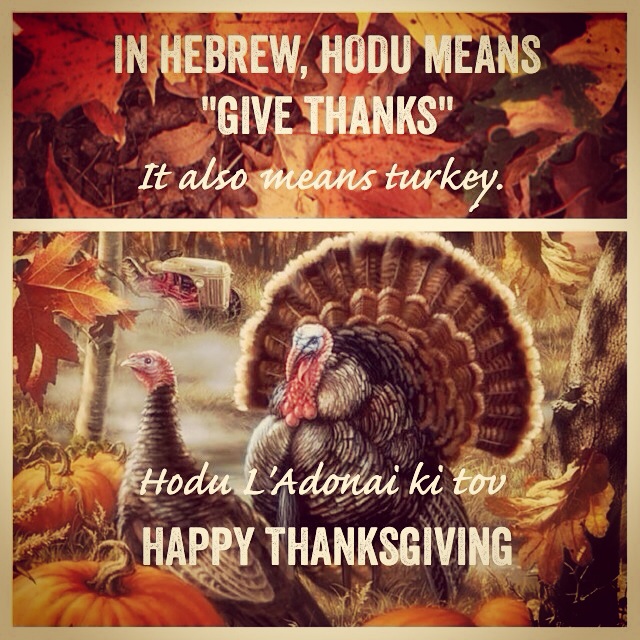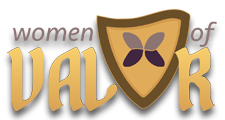
By Jane Diffenderfer
The Pilgrims who came to America for religious freedom identified themselves with ancient Israel. They felt they had left the bondage of Egypt, escaped across the Sea, and found refuge in the Promised Land of Liberty. They were a people very focused on the Hebrew Scriptures and the fulfillment of the blessings of being obedient by being in covenant with God. In many ways the first Pilgrims were more Hebraic in their worship than most history books record. An interesting conclusion can be drawn, based on the timing of the first Thanksgiving. According to the Plimoth Plantation website, the Pilgrim’s first Thanksgiving was held in “Late September/early October 1621″ (http://www.plimoth.org/media/pdf/historical_timeline.pdf). Calculating the dates for Sukkot (The Feast of Tabernacles) from Rosettacalendar.com, one can determine that the beginning of Sukkot that year was September 30th. Therefore, the Pilgrim’s first Thanksgiving in America was a three day harvest celebration, during the eight day Biblical celebration of the Feast of Tabernacles!
Another example of the Hebraic understanding being applied in the lives of the Pilgrims can be witnessed in the food that was eaten during their first Thanksgiving celebration. According to William Bradford, “They began now to gather in the small harvest they had… For as some were thus employed in affairs abroad, others were exercised in fishing, about cod and bass and other fish, of which they took good store…and now began to come in store of fowl…besides waterfowl there was great store of wild turkeys, of which they took many, besides venison, etc. Besides, they had about a peck of meal…Indian corn to that proportion.” Notice that all the foods the Pilgrims ate were clean foods, according to the dietary laws laid out in the Hebrew Scriptures. Today, most people from New England eat lobster and clams. There is no mention of these on the menu of the Pilgrims’ first Thanksgiving feast.
One more amazing Hebraic thread, in the Thanksgiving theme, is the turkey as the official food of the feast. It stands out as so predominant that we call the holiday “Turkey Day”. Considering all the other meats mentioned in the original Thanksgiving: cod, bass, fowl, waterfowl, and venison, only turkey is the standout in today’s celebration.
The Hebrew word for turkey is hodu. An interesting connection, in Hebrew the word hodu is also the imperative form of the verb “yadah”, which means to give thanks. It is the word used in Psalms 118:1, “O give thanks unto the LORD; for He is good: because His mercy endures forever.”
Therefore, every fall we remember the faith of the Pilgrims who came to seek religious liberty in America, and we give thanks – hodu to Adonai and enjoy eating a turkey – hodu, as a memorial to a past event of God’s providence for our country.
There is a strong Jewish/Hebraic connection to the giving of thanks to God for His goodness ‘and the Pilgrims’ first Thanksgiving. We can honor the day by remembering that His mercy endures forever. Hodu La’Adonai Ki Tov!
Happy Hodu Day!

Wow!!! Thank you so very much for this article and please, feel free to Hodu La’Adonai Ki Tov…Happy Thanksgiving to you and yours…
Thank you for that clear explanation. It was very useful and informative!